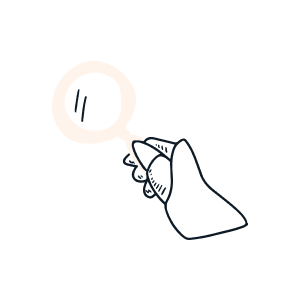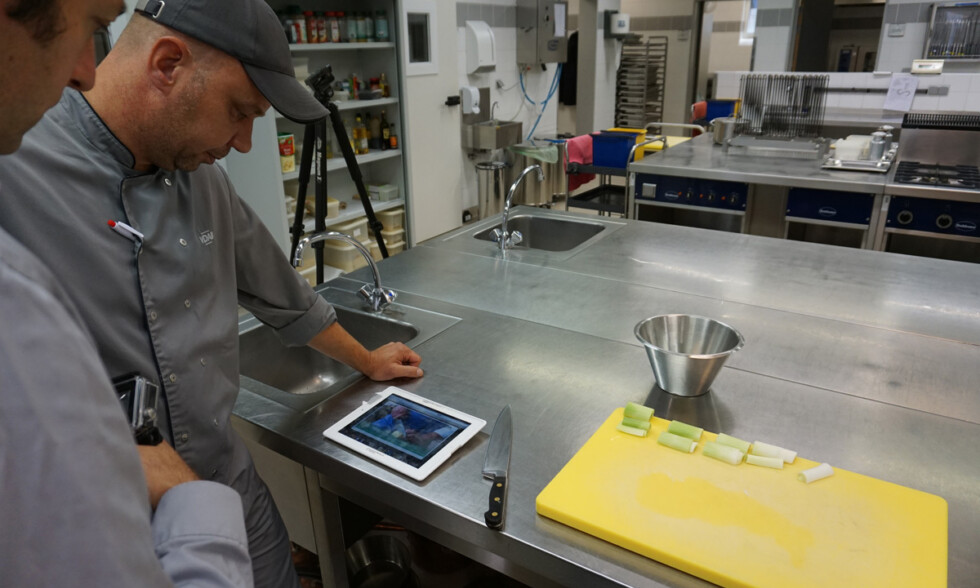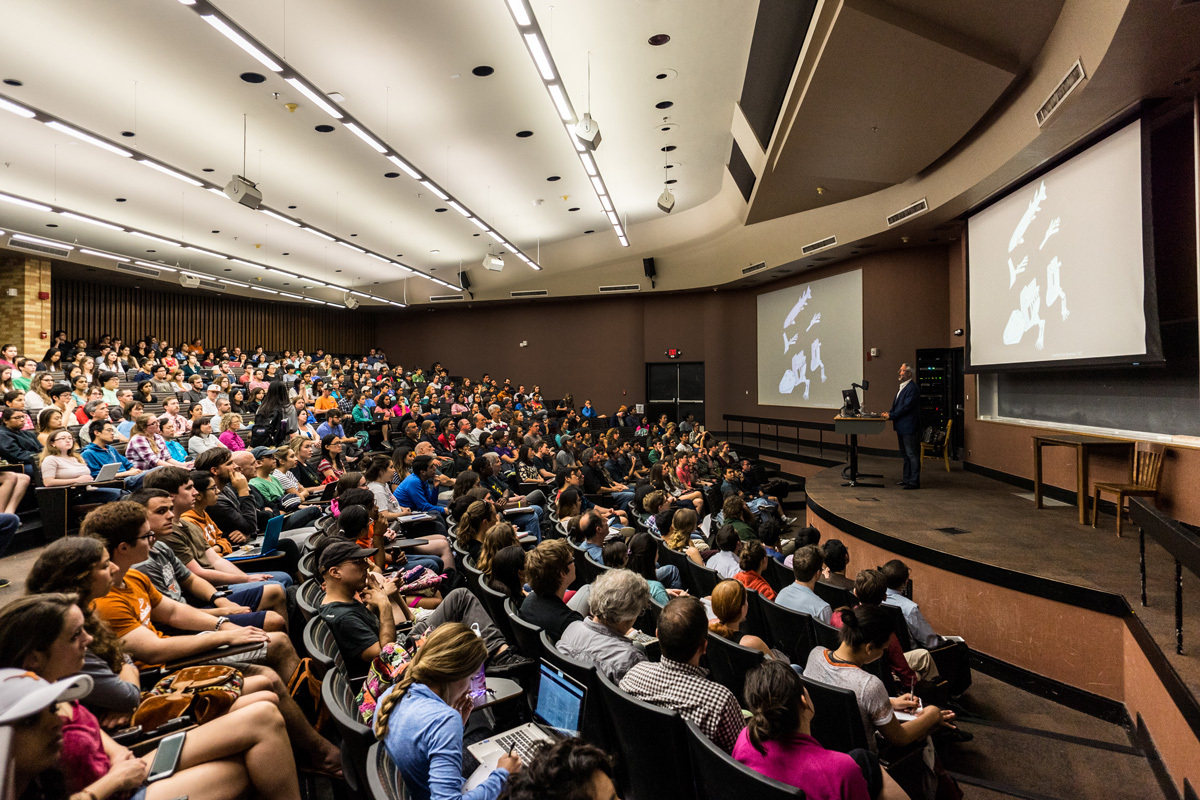Why we believe in user research
An experience can only be effective when it carefully caters to the needs of its users. By emphasising the ‘why’ rather than the ‘how’ we deliver great products and services people actually love. Listening to users and relevant stakeholders early in the process and continuing to include them throughout the design process significantly reduces the amount of development costs and rework while improving user satisfaction at the same time.
Carrousel
Our approach
By inviting your user you reveal the true value and obstacles of your product or service. At the start of every challenge, we draw up a tailor made user research strategy aimed at uncovering the needs and pain points of the different users. As they do not always know what they actually want, we use a combination of qualitative and quantitative methods.
Some of the qualitative methods we use for user research are: street interviews, contextual in-depth interviews, usability testing, focus groups, observation, usability testing and more. In order to enrich this with quantitative insights, we also carry out tailor-made surveys, conduct A/B testing and interpret web analytics. We co-create and evaluate service improvements over time to lift your experiences to the next level.
Tools & methods
In-depth Interviews
Thoroughly understanding user needs and problems through in-depth 1 on 1 conversations.
Focus groups
Invite a specific audience group and learn through interactive group exercises what their specific needs and wishes are.
Observations
Experiencing and observing behavior of the current services without intervening into the interaction.
Usability testing
By having prototypes tested by users early on in the design process, we understand how they will experience the product or service.
Surveys
Questioning a large amount of users makes it possible to gain insight into common traits and behavioural patterns.
Analytics
Analyse online behaviour by scraping web data using tools such as Hotjar and Google Analytics.
Benefits
Risk reduction
By conducting preliminary research, we reduce risk of implementing services no one will use or want to buy.
Empathy
By always putting our users first, we create support for user-centric decisions throughout the entire organisation.
Smooth decision-making
We eliminate doubt and personal preferences by making data-based decisions in the design process.






